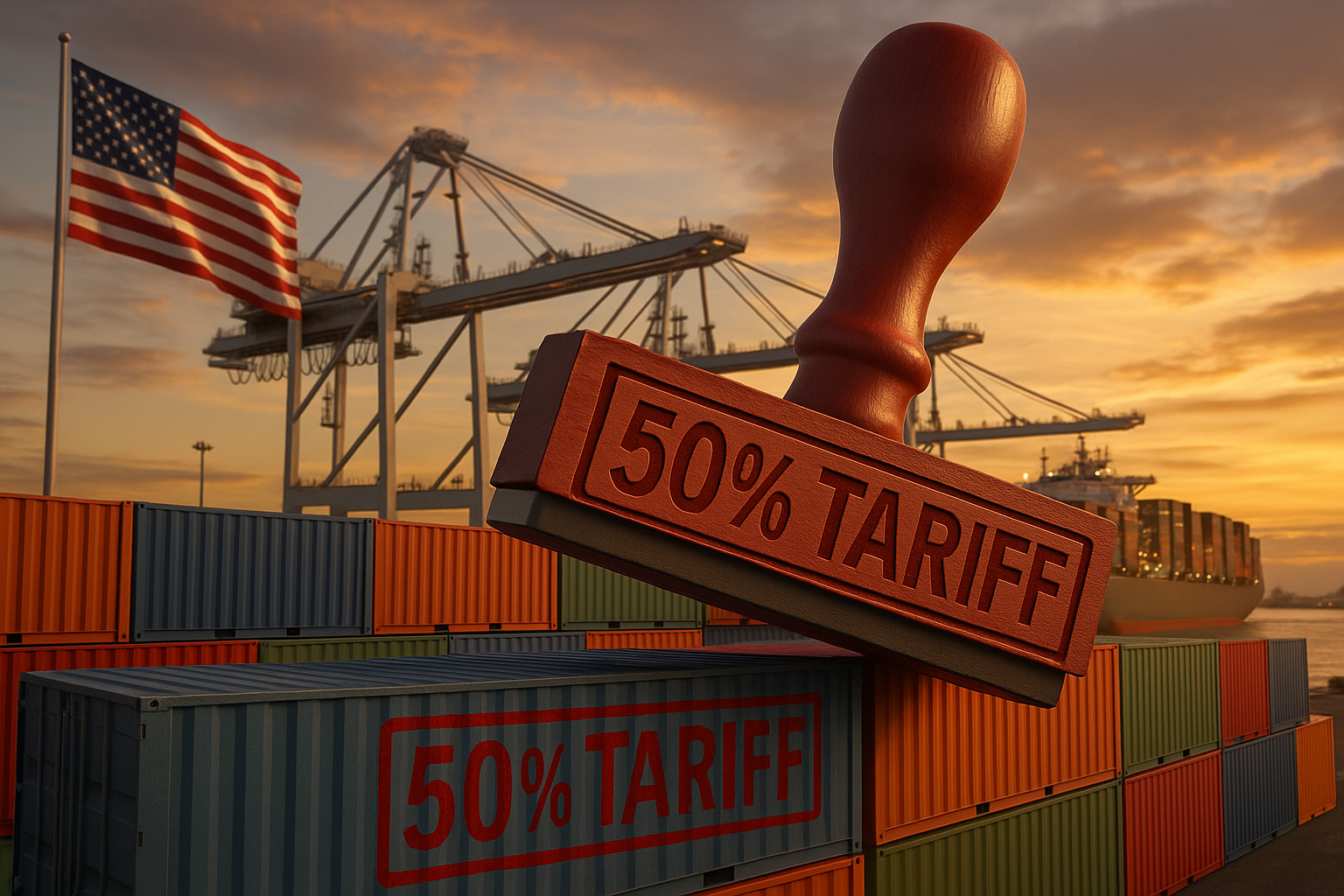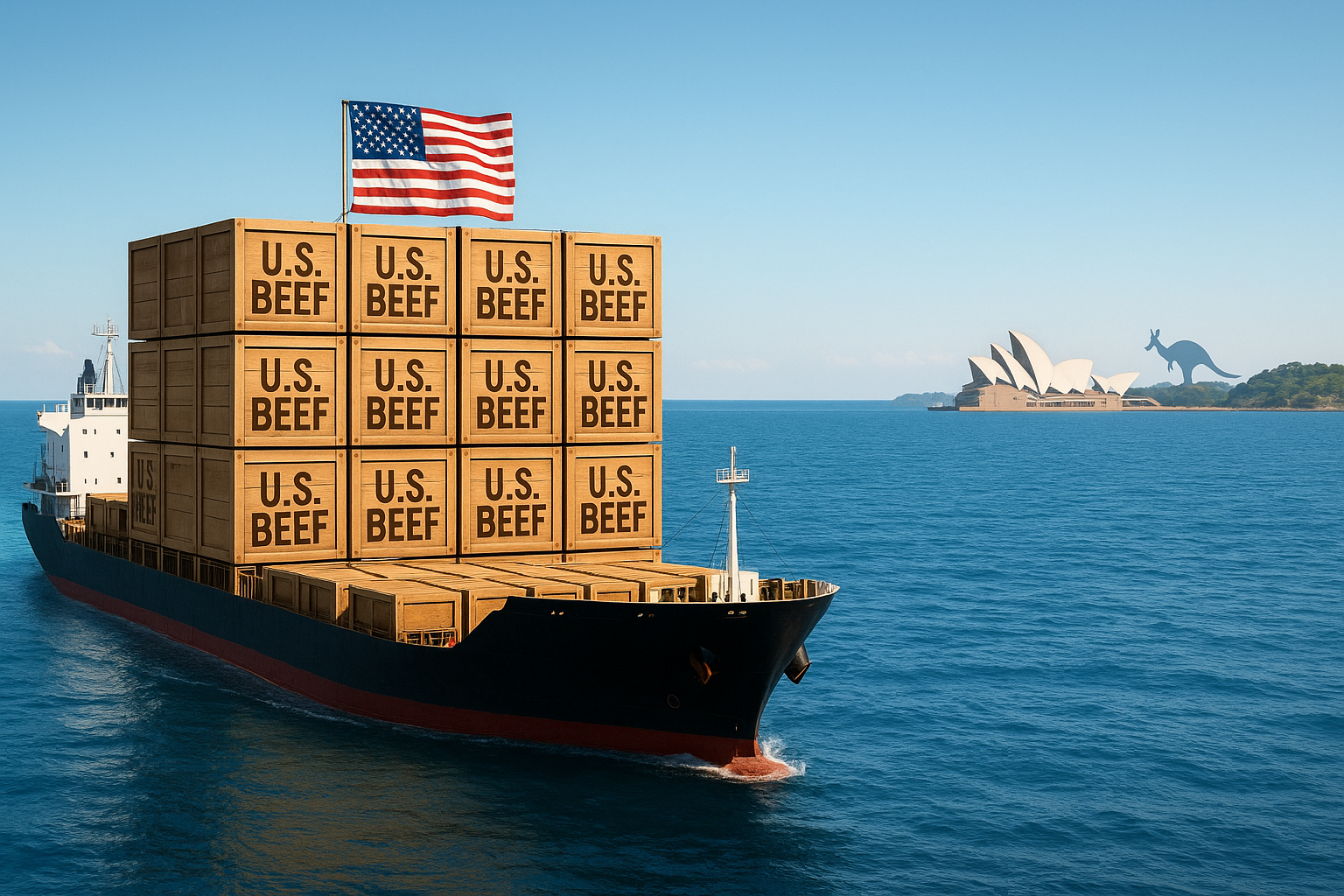Donald Trump is doubling down on tariffs—big time. The former president declared yesterday that he'll slap foreign countries with import taxes ranging from 15% to a whopping 50% if voters send him back to the White House.
It's classic Trump, really. The man who once proudly dubbed himself "Tariff Man" is back at it, cranking the dial even higher than during his first administration when he focused mainly on battling China.
I've covered trade policy since Trump's first campaign, and this latest announcement represents his most aggressive stance yet. The sheer range of his proposed tariffs—from meaningful to potentially economy-reshaping—suggests he's no longer testing the waters but diving headfirst into economic nationalism.
Look, tariffs are just taxes on imported goods that American consumers ultimately pay. That's the economic reality that often gets lost in the political messaging. When you buy that imported refrigerator or car part, you're the one covering the tariff, not some foreign government.
The former president's announcement sent immediate ripples through economic circles. (Wall Street analysts were frantically updating client notes within hours.) What makes this particularly notable isn't just the eye-popping 50% upper limit but the blanket approach that doesn't distinguish much between allies and adversaries.
"This would represent a fundamental reshaping of America's position in the global economy," Dr. Sarah Jenkins, trade economist at Georgetown, told me by phone. "We're talking about potential supply chain disruptions that would dwarf what we saw during the pandemic."
The economic consequences? Complicated as hell.
Most economists will tell you—and they have been, loudly, for decades—that broad tariffs generally function as regressive taxes. They hit lower-income consumers hardest while providing only temporary shelter for the industries they're supposed to protect.
Remember when Trump slapped tariffs on steel in 2018? American manufacturers using steel as components saw their costs jump overnight. Many had no choice but to pass those increases down the line. It's like building a wall around your garden but forgetting you still need to import the seeds.
The scope here is what's truly staggering. A 15% tariff would be noticeable but potentially manageable for many supply chains. But 50%? That's less a tariff and more an economic blockade in disguise.
For businesses with international supply chains—which, let's be honest, is most major American companies these days—this creates a planning nightmare. Do they start reshoring operations now? Wait and see? Absorb the costs? Pass them to consumers?
I spoke with several manufacturing executives yesterday who requested anonymity to speak freely. Their reactions ranged from dismay to resignation.
"We spent 30 years optimizing our global supply chain," one consumer goods executive told me. "We can't just flip a switch and make everything in America overnight, no matter how much we might want to."
There's also the not-so-small matter of retaliation. When America raises tariffs, other countries don't just shrug and accept it. They hit back, usually targeting politically sensitive American exports like agricultural products from swing states. Funny how that works, isn't it?
The market implications are fascinating to consider. Conventional wisdom suggests broad tariffs would spike inflation as import prices surge. But there's a counterargument making the rounds in economic circles: if sufficiently high tariffs trigger a global economic slowdown, we might paradoxically see deflationary pressure as demand collapses.
Which scenario plays out? Markets will need to price both possibilities simultaneously—and they hate that kind of uncertainty.
What's particularly interesting about Trump's tariff talk is how it's scrambled traditional political alignments. Some labor unions that typically back Democrats have expressed cautious support, while business groups that lean Republican are nervously clearing their throats.
The historical parallels aren't exactly reassuring. The Smoot-Hawley tariffs of 1930 are widely considered to have deepened the Great Depression by triggering a cascade of retaliatory measures. Of course, today's global economy is structured differently, but the basic game theory of trade disputes remains unchanged: escalation typically leaves everyone nursing wounds.
For investors, this creates a genuine puzzle. Should they bet on potential winners (American manufacturers with minimal foreign inputs) or assume this is mostly campaign rhetoric that would be tempered by governing realities?
Having watched Trump's first term closely, I'd note that there was often a significant gap between initial trade announcements and final policies. The administration frequently modified, delayed, or quietly abandoned some of its most dramatic proposals after business backlash or economic pain became apparent.
The dance between announcement and implementation typically includes several extra steps that don't make the headlines.
What we're really witnessing is the tension between economic nationalism and globalized capitalism playing out in real-time. It's a high-stakes experiment using the global economy as its laboratory.
Even if you find tariffs economically questionable (and most economists certainly do), they remain politically potent—especially in manufacturing-heavy swing states where decades of factory closures have left communities reeling. The economic and political calculations around trade rarely align perfectly, which is what makes this such an enduring issue.
In a world already trending toward "friend-shoring" and more resilient supply chains, Trump's proposed tariffs would dramatically accelerate these changes, potentially creating a more regionalized global economy with higher costs but arguably more security.
Is that trade-off worth it? That's ultimately for voters to decide.
But one thing seems increasingly clear—the era of relatively frictionless economic globalization faces its most serious challenge in generations. And markets, as they always do, will eventually price that reality in... one painful adjustment at a time.




